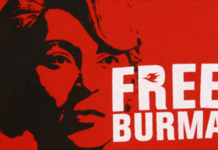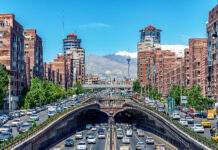“Young people and people from every range of life across Bangladesh, across the entire country, came out on the streets to celebrate,” UN Resident Coordinator Gwyn Lewis remarked.
Some of the celebrations following Prime Minister Sheikh Hasina’s resignation took a violent turn, leading to scenes of destruction, vandalism, attacks against police stations, and killings of police officers who were seen to be in alignment with the government.
More than 300 civilians were killed and over 20,000 injured in student-led protests during the last weeks, making the bloodshed among the worst ever witnessed in Bangladesh.
The unrest began in July with protests by students against civil service job quotas. Though the scheme was withdrawn, protests erupted again last week, with the key demand for the Prime Minister to quit and for those responsible for the violent suppression of demonstrations to be held accountable. Ms. Hasina had been in power since January 2009, having earlier led the country from 1996 to 2001.
On Tuesday morning, relative calm returned to the country but the situation remains uncertain until a transitional government is formed, according to the Resident Coordinator. Media reports suggest that Muhammad Yunus will head the interim government.
On the cover photo, former Bangladeshi Prime Minister, Sheikh Hasina ©Sk Hasan Ali/Shutterstock.com
























